by DigiTickets
As buyer behaviour and the technology landscape evolve, guest expectations for how they want to research, book, and experience attractions and events are rapidly changing. This significantly influences museums and other cultural and heritage attractions that operate a ticketed admissions model.
This new landscape can be overwhelming and challenging to navigate. Especially when there is seemingly an endless stream of new trends. Despite all the hype and chatter, however, jumping on the latest trend might not always have the impact it promises.
So, what does work? This article aims to highlight where we’ve seen the biggest impact recently for our clients. Drawing on best practice ticketing examples from the sector, we’ll help you cut through the noise to prioritise what will deliver the most value to your guests, your operations, and your bottom line in 2024 and beyond.
1. Invest in cross-channel marketing & booking options
Today’s consumers place immense value on experiences. In fact, research shows that they are more likely to book fewer trips in favour of more activities per trip. They also invest heavily in the research process to ensure they find those perfect, memory-making experiences. Their research is cross-channel. So, it's essential to make sure you get found, stand out and make booking simple across all the channels your visitors use.
In addition to the usual suspects like your website’s organic performance, social media presence, and Google Business profile, getting your OTA strategy right is becoming increasingly crucial as the fastest-growing sales channel.
For cultural and heritage attractions, it’s essential to understand which channels your audience uses. It's also key to know which market(s) you want to reach. Some OTAs are better suited than others to help you expand into new markets such as international audiences or target holidaymakers planning a trip outside of your typical geographic targeting radius.
Balancing the potential of securing additional ticket sales against the commission rates you’ll pay to an OTA is important. But we’ve seen some great success among our cultural and heritage clients using our dedicated channel manager, Experience Bank.
Success story: The Royal Liver Building 360 Tour
Celebrated Liverpool landmark the Royal Liver Building 360 Tour has been using Experience Bank and DigiTickets booking and channel management software since its launch in 2019. In city and destination locations particularly, OTAs are a fantastic way of expanding the reach of international and non-local visitors.
As Chris Devaney, operations manager explains, the marketing and awareness benefits can far outweigh the commission costs:
“Although we paid commission on channel transactions, I don't treat the commission as a cost. It's a marketing percentage that goes against our cost of sale. We wouldn’t generate those sales otherwise. The OTAs we use can reach places and build marketing campaigns that we’d have to spend thousands to do as well ourselves. Better still, they're doing it while driving revenue.”
Devaney also emphasised the importance of choosing the right blend of OTAs:
“We wanted to just make sure that there was actually a reason why we were working with these partners rather than just having 300 OTAs all selling the same product and competing with each other. Sales is the big metric, but it’s also about the additional benefits they can bring to the business. For instance, extras they can offer, or links to other companies they work with.”
Furthermore, OTAs can help with planning & forecasting by increasing the volume of advanced bookings and the booking timeline. This is particularly relevant to help attractions like the Royal Liver Building 360 Tour which have a high proportion of walk-up trade to better balance their capacity and staffing:
“Our advance booking timeline has been extended thanks to Experience Bank. People usually look at their holidays a few weeks in advance,” Devaney added. "It does play havoc if the booking timeline drops down, particularly as we have a 50% walk-up trade. It’s important not to restrict yourself too heavily but also to try to balance staffing as much as possible.”
2. Optimise your website experience
While far from a new trend, having a well-optimised website and booking experience is arguably more important than ever. A first impression goes a long way. And, with so much choice, your potential customers won’t hesitate to go elsewhere if their digital experience doesn’t match the value and quality of the experience they’ll expect during their visit.
It’s essential to get your value proposition right - aligning your brand with what your audience cares about during their research phase, then building trust through the booking process through an intuitive user journey, incorporating social proof and facilitating secure and easy payments.
Baymard’s 2021 Checkout Usability study revealed that 17% of respondents said they’d abandoned a checkout flow in the last three months because they didn’t trust the site with their credit card information.
When it comes to conversions, analysis by Rubber Cheese in its 2023 Visitor Attraction Website Report found that the average conversion rate for visitor attractions significantly surpasses the average eCommerce by 66% from 3% to 5%. However, there’s still huge potential for significant revenue growth, not to mention marketing ROI, for even a 0.1% gain.
Success Story: West Somerset Railway
To respond to an increased demand for online advanced bookings, West Somerset Railway recently invested in implementing a seamlessly integrated website journey with DigiTickets and a sister website development agency, Website Vision.
Sam White, sales and marketing manager at West Somerset Railway, explains:
“Nowadays, when somebody gets an issue, they don't necessarily phone and ask anymore. They'd rather be able to do it online, so if they get a problem, they might just go away and not book again. Being able to be adaptable and having a company that will help in making things easier for the customer experience when they’re buying tickets is really, really important,”
The new, conversion-optimised website features a new, more seamless integration with the DigiTickets booking engine. This serves real-time availability and pricing for all ticket types at key points through the online research journey.
As well as creating a more streamlined, on-brand experience for new and returning visitors, West Somerset Railway is excited about the revenue & service potential the new website journey can offer as it gears up to opening for the season:
“Since we've integrated the booking experience, that link between DigiTickets on the website is so tight,” added White. “It’s further streamlined the customer journey from that decision to buy a ticket, to getting right through to where they need to go. Initial feedback on the new journey has been really positive. When we start running on 23rd March, we’ll be able to see the real benefits.”
3. Facilitate quick, easy and secure mobile payments for best ticketing
Facilitating quick and secure payment options is a must for payments. DigiTickets client data shows that 80-85% of bookings are completed on a mobile device. So, make sure your payment gateway supports convenient, secure, and mobile-friendly payment options, such as Google/Apple Pay at the checkout.
The Royal Liver Building 360 Tour has just added Google Pay capabilities. This ensures that the operator continues to meet consumer expectations for more flexibility and security in the booking process.
Devaney explains;
“It’s all about making sure that the guest journey is as easy as possible, but ensuring the consumer feels safe with their purchase. Things like adding Google Pay, which is something that DigiTickets has done recently, are really important. People are getting more savvy with how they enter their payment details. Google Pay & Apple Pay are fantastic because they add another level of security and build that brand trust.”
4. Measure, analyse, optimise
The shift to Google Analytics 4 is one change that has kept attractions on their toes recently. However, with benefits ranging from better customer journey tracking to improved reporting on monetisation and, of course, search algorithms placing more emphasis on the user experience, these changes have somewhat levelled the playing field in favour of those who invest in getting the experience right.
Having partnered with specialist visitor attraction marketing agency, Agility Marketing on a number of GA4 migration projects for shared clients over the past 18 months, we asked managing director Anita Waddell to share the top benefits they’ve seen for their clients since making the shift:
“There are so many advantages to Google Analytics 4 for visitor attractions. It’s much more aligned with how people browse and buy today. For instance, one of the biggest beneficial changes is the shift from bounce rates to engagement rates as a measurement metric.
"Historically, we could see a high bounce rate for a paid ad landing page, which may negatively affect ad performance. In actual fact, the user would often be highly engaged with the long-form content on that page. At times, they would spend minutes reading the page, then return later to complete a conversion. Now, the user’s engagement is taken into account. So, we’re seeing better performance, with the added benefit of improved measurability across the conversion funnel.”
Implementing a test-and-learn strategy focused on continuous improvement can help you identify and achieve those marginal gains which all stack up to make a big difference.
As a big advocate of optimisation too, Agility advises investing in heatmap software to identify and make improvements based on actual user behaviour. One client of Agility’s, for example, saw a 0.2% increase in conversion rate as a result of website optimisation. This resulted in an extra £200k.
“Following best practice can only get you so far,” says Waddell." However, when best practice has been implemented, you need heat mapping learnings to discover how users actually engage with your website and the journey they want to take. Even if you can’t afford to invest in heat mapping software initially, you can set up reports within your GA4 to get you started. Then you can build a business case from a proven concept.”
5. Integrate your ticketing systems for best visibility, cost control and performance
Of course, the buck doesn’t stop with analysing your website performance. While COVID accelerated technology adoption, we’ve entered a maturing and converging phase. Many attractions still need to be more sophisticated with their technology use and leverage data and insights more effectively.
Analysing your sales by revenue stream, from admissions value, volume, and ticket type trends to secondary spend fluctuations, should already be reporting fundamentals within your booking and EPOS systems. But can you easily overlay this against business performance data to give you a true picture of where you’re at?
Of course, integration is your best friend here. Provided your booking system can facilitate it, the power of integration is vast.
From enriching the on-site experience for guests by integrating your ticketing system with a guest-facing app to enhance the guest experience to connecting accounting and BI tools to give a real-time view of business performance - integrations give you the data you need at your fingertips to make quick and informed decisions that can grow sales, improve efficiencies, reduce costs and boost targets.
Success Story: Intelligent scheduling
A number of DigiTickets clients in the heritage sector have recently introduced and integrated Shiftie with their DigiTickets ticketing system. Shiftie is an intelligent scheduling tool.
Doing so has enabled them to intelligently optimise their staffing needs to strike the perfect balance between a great guest experience and minimal staffing overheads, helping to reduce operational expenditure.
What’s next?
Choosing the right technology partner can help you feel confident about navigating guest behaviour and technology changes.
Your provider should stay abreast of the latest trends and technology changes. They should also communicate this to you in a consultative and supportive way. Make sure you’re getting high-quality service, stability, and support. This directly correlates with the service levels you’re able to deliver to your guests.
Last but not least, make sure your system plays nicely with others. This will enable you to future-proof your technology stack and, as a result, your operations and future growth.
DigiTickets has a proven track record of helping hundreds of cultural and heritage venues improve their guest experience, grow sales, and operate more efficiently. These venues include The National Trust, Imperial War Museum, and many more.
DigiTickets has published a whitepaper exploring how to create a guest experience that drives online sales, efficiency, and brand loyalty. Please click here to download a free copy of Your Roadmap to Selling More Tickets in 2024.


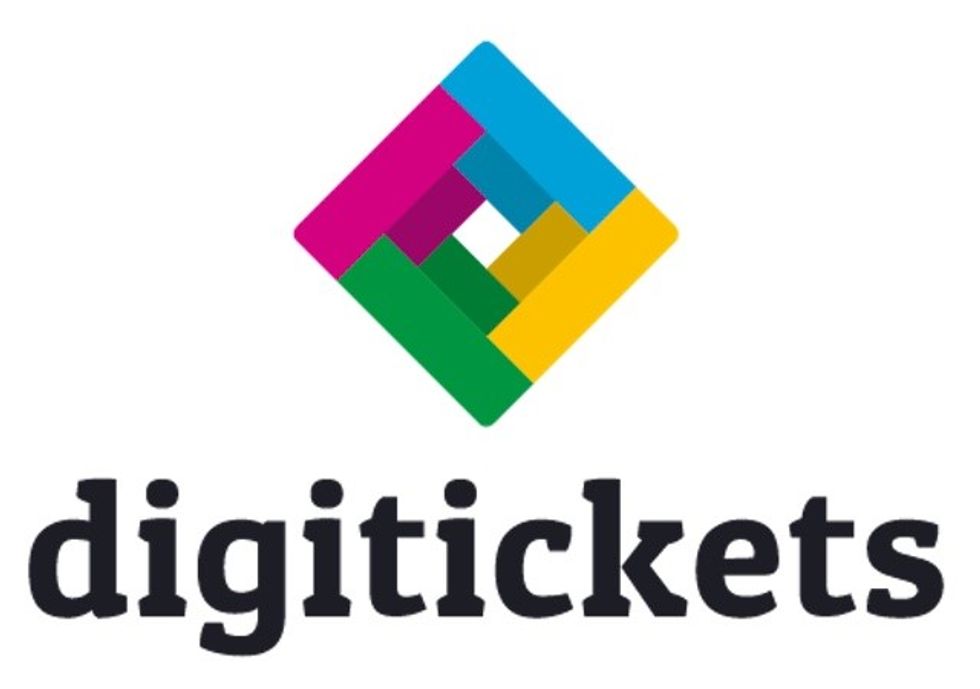
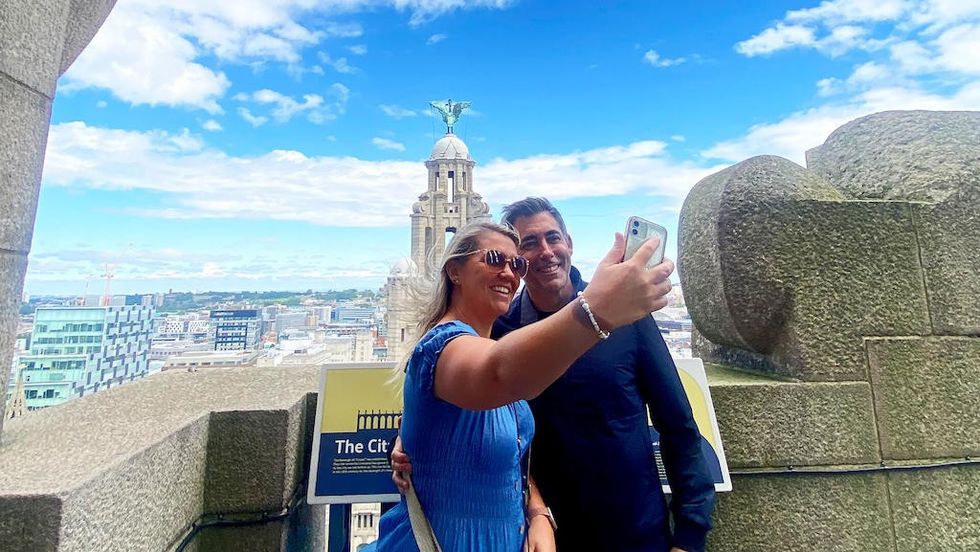
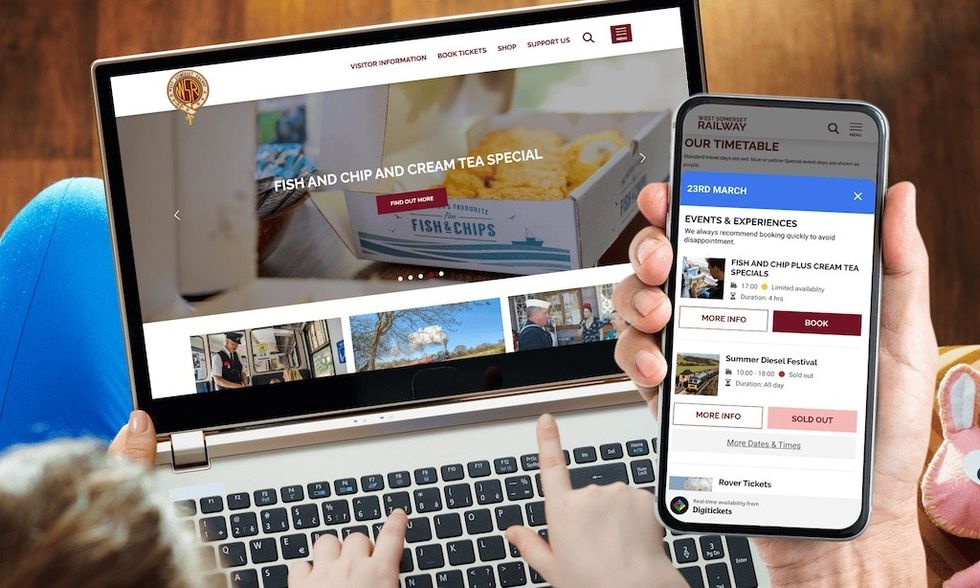


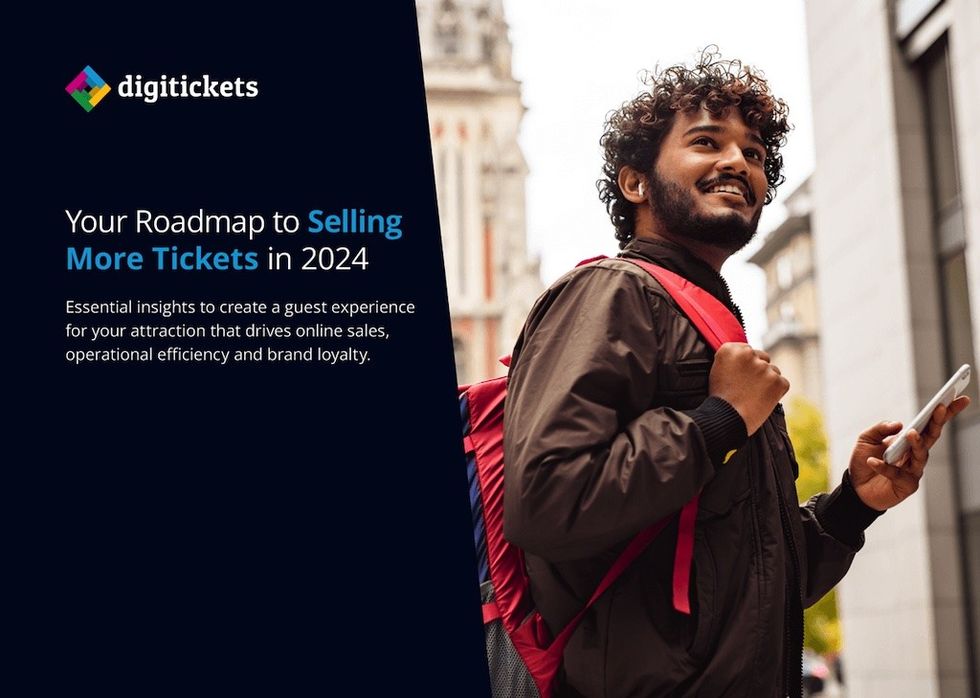
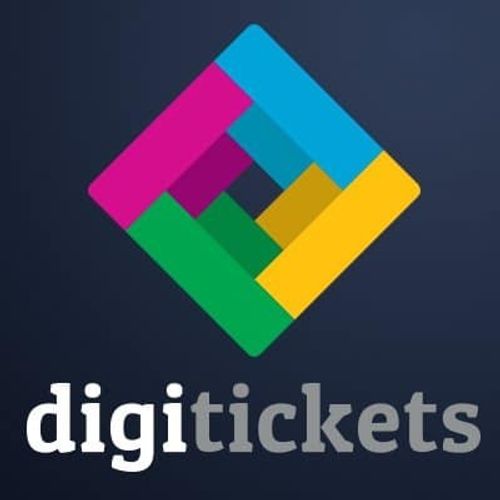
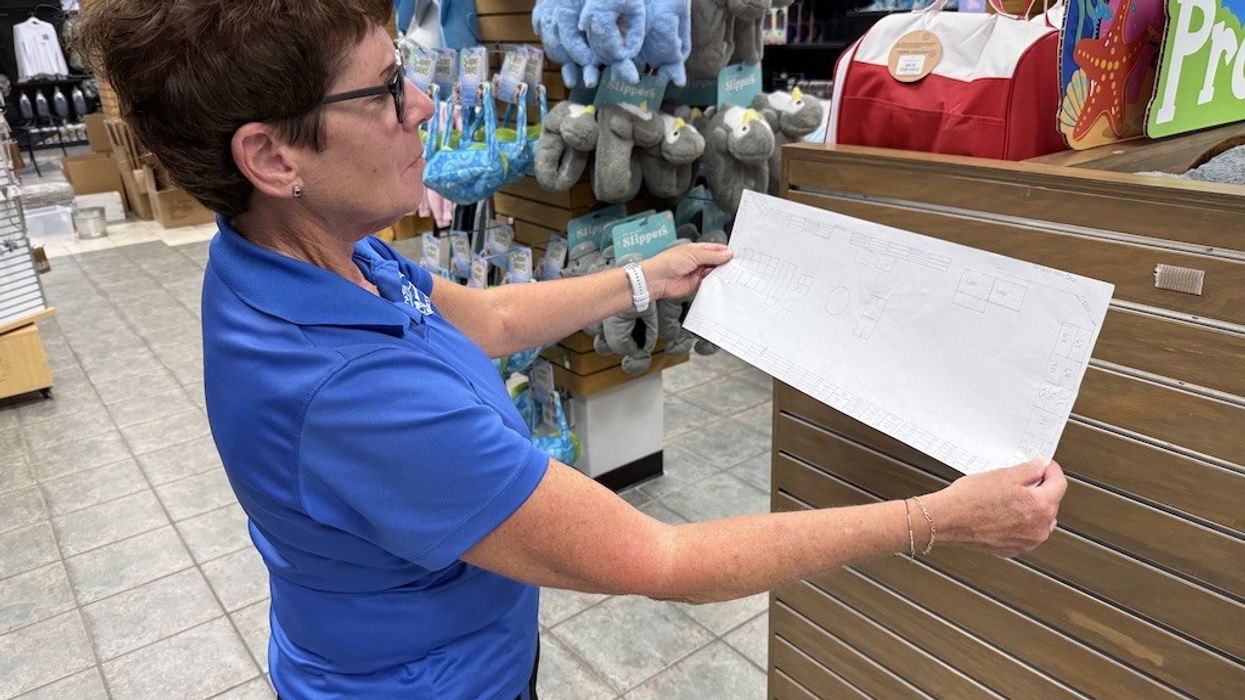

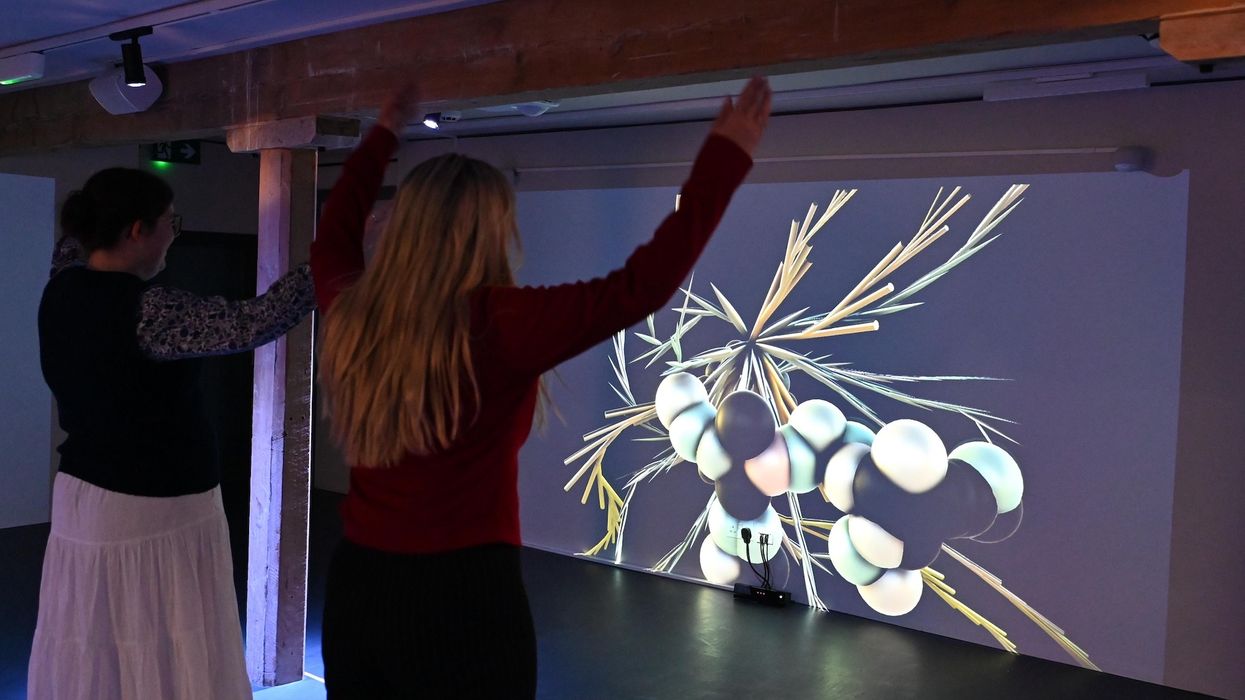
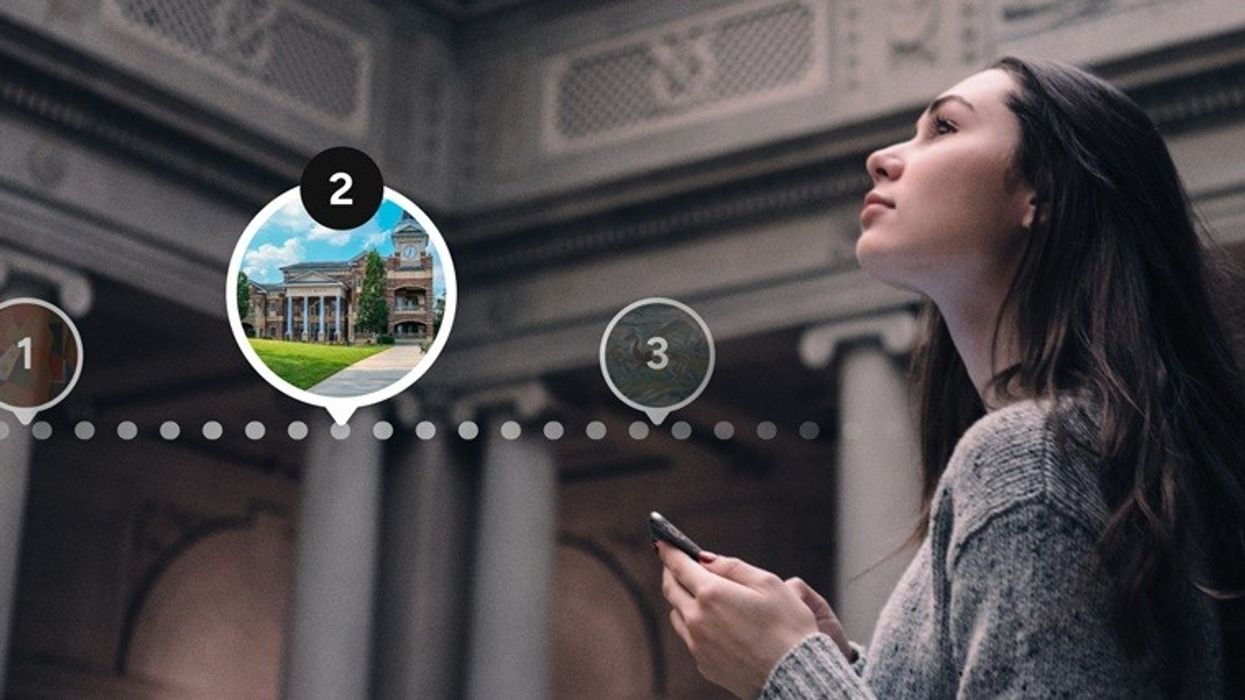


 Guests display a commemorative UN stamp sheet marking the 100th anniversary of the Palace Museum at the UN headquarters in New York, May 2025 (Xinhua)
Guests display a commemorative UN stamp sheet marking the 100th anniversary of the Palace Museum at the UN headquarters in New York, May 2025 (Xinhua)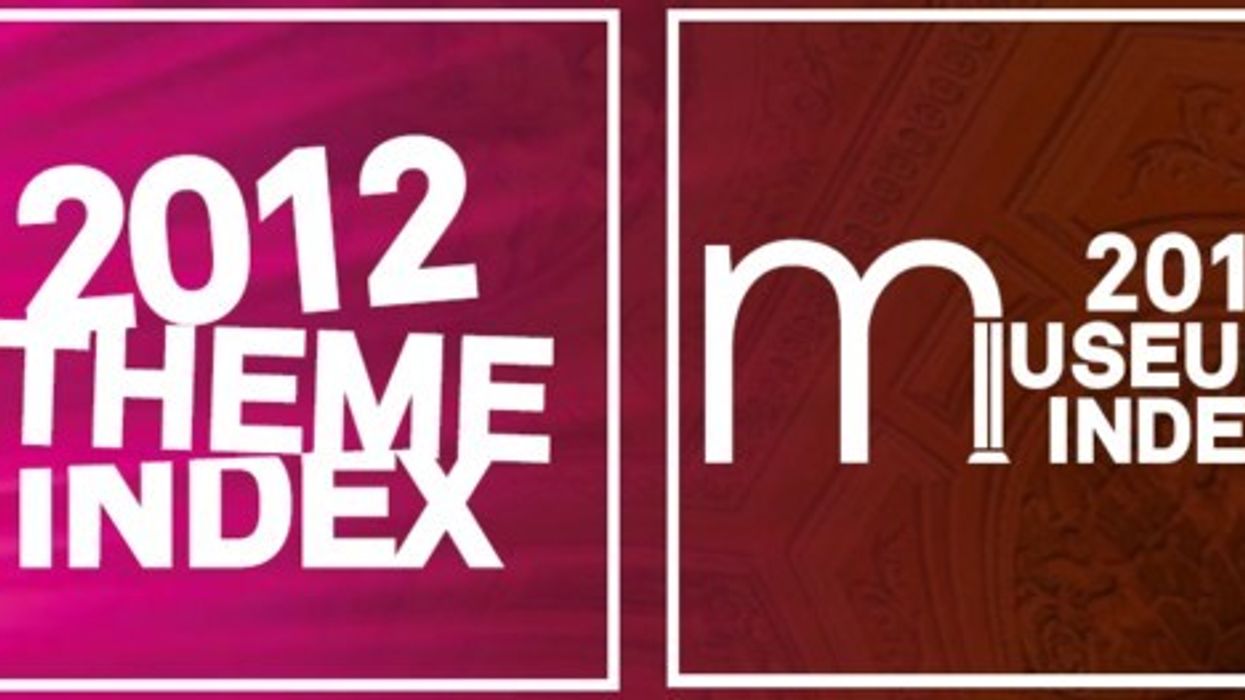














 Postman Pat Parcel Post
Postman Pat Parcel Post  Blackpool Pleasure Beach
Blackpool Pleasure Beach  Time Warp
Time Warp  Nighthawk
Nighthawk 
 Concept art for new Phantom Theater ride
Concept art for new Phantom Theater ride  Marineland Canada
Marineland Canada 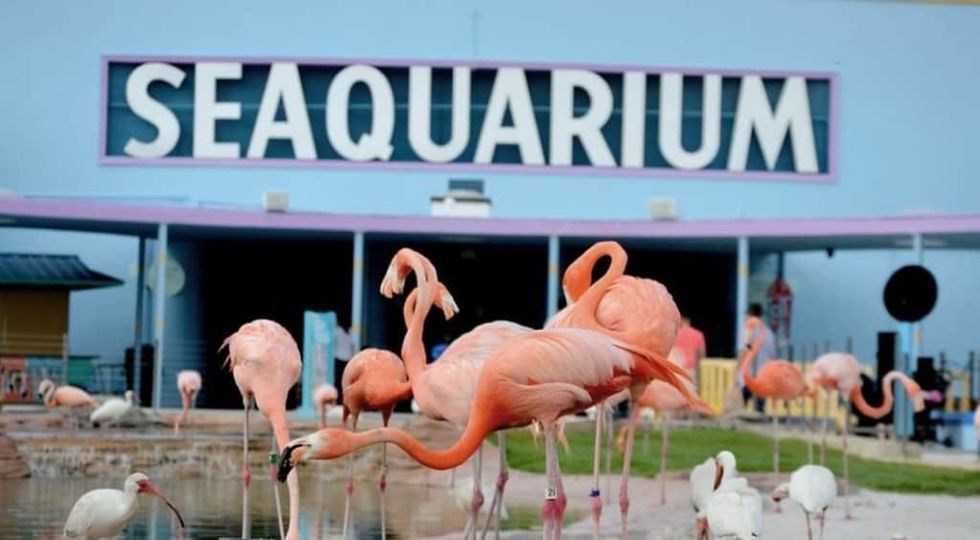 Miami Seaquarium
Miami Seaquarium  Megafobia
Megafobia  Six Flags America
Six Flags America 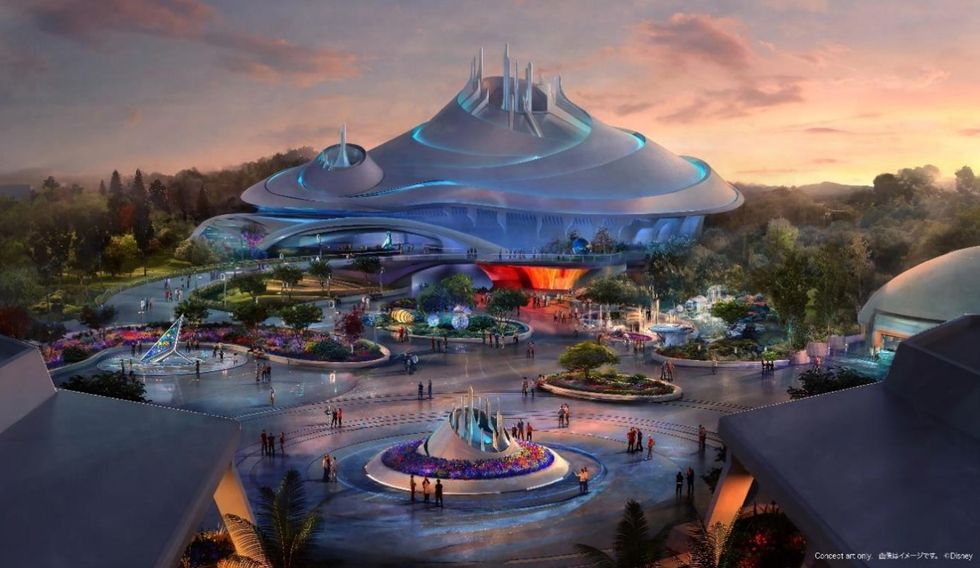 Tokyo Disneyland plans for Space Mountain
Tokyo Disneyland plans for Space Mountain  It’s Tough to be a Bug Image courtesy of Disney
It’s Tough to be a Bug Image courtesy of Disney 
 Hollywood Rip Ride Rockit
Hollywood Rip Ride Rockit 



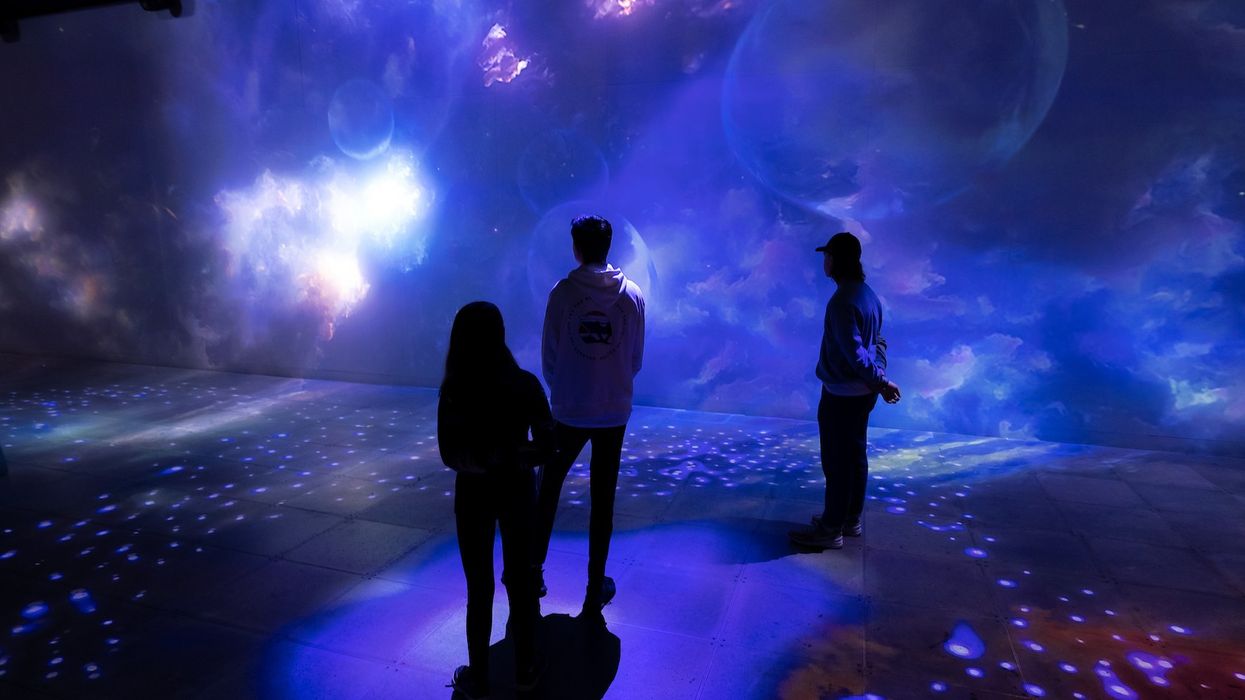
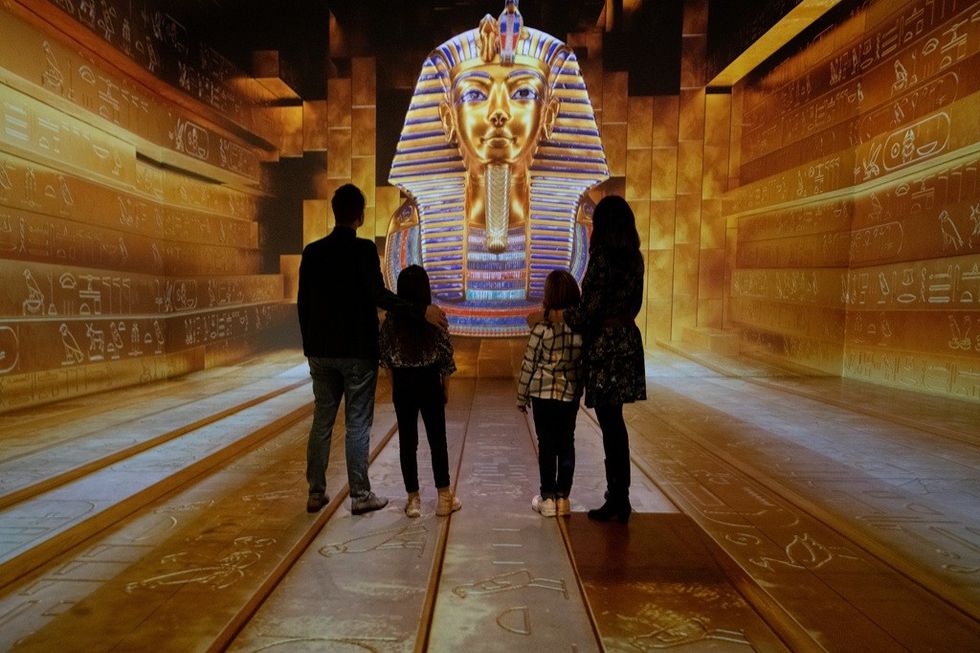 Tutankhamun: The Immersive Exhibition
Tutankhamun: The Immersive Exhibition 
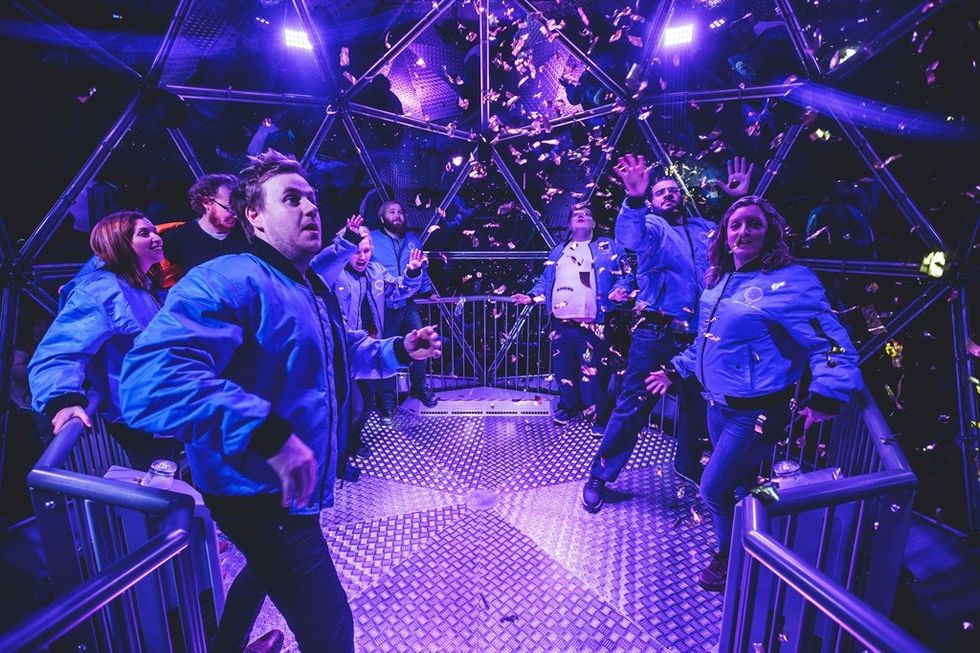 Crystal Maze: The Live Experience
Crystal Maze: The Live Experience  ABBA Voyage Johan Persson
ABBA Voyage Johan Persson  Meow Wolf's The Real Unreal
Meow Wolf's The Real Unreal